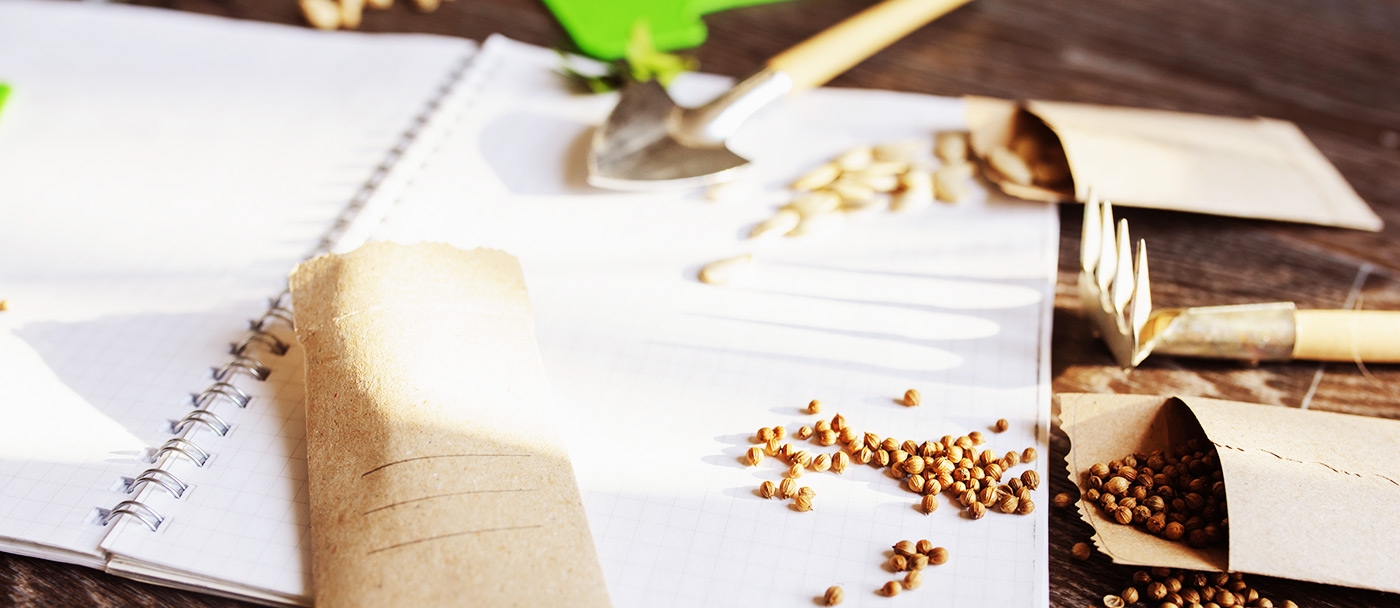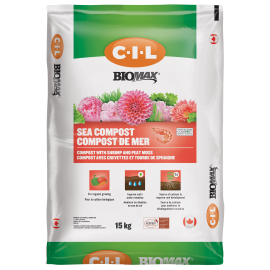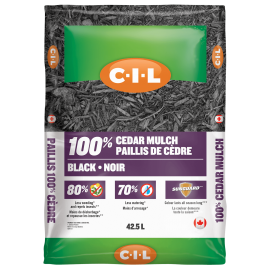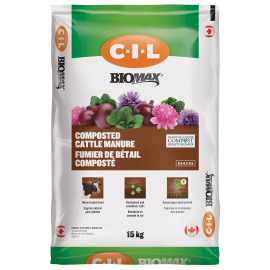How To Start Gardening

By Mark Cullen
It is fun to start with a blank canvas. For most gardeners, the lawn is one place to look to when you want to start from scratch with a new garden bed.
Think carefully about what you want to grow. If you want to grow tomatoes or vegetables, you need to maximize sun exposure, a minimum of 6 hours per day. How is this going to look in the context of your yard? Veggie gardens can be a weedy mess or made beautiful when they are kept weed-free. Whatever your vision, it is important to think about it in the context of your overall landscape design.
Think about your gardening project
If you are tired of trying to get grass to grow in the shade of mature trees, consider living plants that provide a green alternative to grass, like the many ground covers that are on the market. Look at where the existing grass is weakest as a starting point to outline the shape of your new shade garden.
Outline the shape of your new garden using a garden hose. This helps you visualize how the new garden fits into the surrounding space.
To kill grass where you wish to create a new planting bed, place corrugated cardboard two layers thick over the existing grass and anchor it with bricks or rocks. Leave for 6 weeks to “bake” the grass plants, roots and all.
After existing grass has died, use a sharp spade to cut under the old grass and remove the sod from the soil to a depth of about 3 inches. Peel up this old grass and dump in your compost, upside down, or place it upside -down in the bottom of the bed you excavated. Either way, dead grass has value as a natural soil amendment.
Till or dig
We aren’t big equipment guys, but there is something fun about breaking up the soil with a powerful machine after you have removed the old sod. Avoid beating your soil to dust. Beneath your old lawn there may be a vibrant microbial world which does not benefit from disruptions. Simply use a tiller to break -up the surface of the soil about 30 cm deep.
If the subsoil in your yard is solid clay, you will have to dig it out using a pick, sharp shovel or spade at least 30 cm deep. Dispose of the waste clay/soil/gravel.

Add compost, or peat-based triple mix. Do not bother with “tilling in” the layer of compost, as the earth worms already active in the soil will be eager to do this work for you. Be generous with this layer. It will settle over the season so mound it above grade, higher than seems reasonable by 10 or 20 cm.
Mulch heavily, about 6 to 8 cm thick, with shredded cedar or pine bark mulch, clean straw or dried leaves. Mulching can eliminate up to 90% of weeds. It also reduces erosion, improves water retention and eventually will break down to add additional organic matter.

Fill the blank canvas with the plants you’ve been dreaming of, whether perennial beds, shrubs, small trees or vegetable transplants. This is where the creativity and expression of this artform really come to life. Keep in mind that a garden bed never matures to look quite what you had imagined in the first place and each day it will change. We view the unexpected surprises that nature throws at us as a benefit of gardening.






